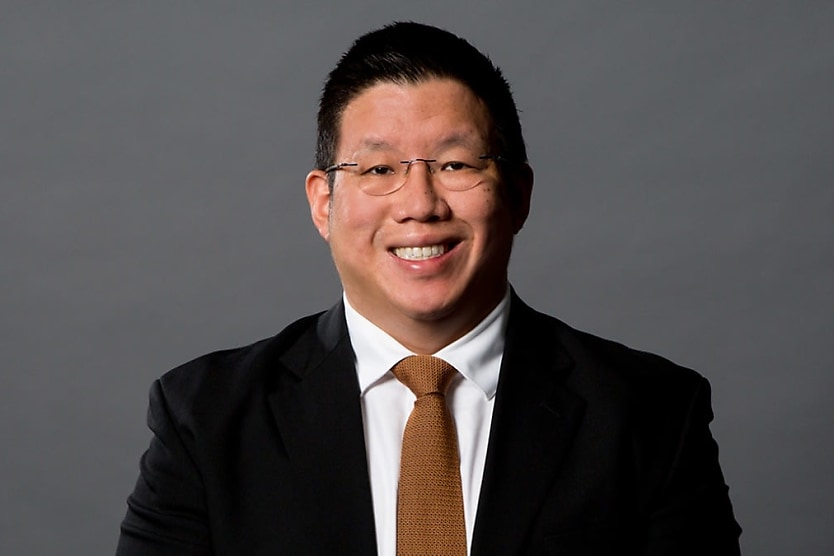Speaking to HR Leader’s sister brand, Lawyers Weekly, he discussed getting the balance right between the use of technology and the benefits of face-to-face interactions.
Chien recently ran an informal survey on how tech facilitates remote working – which revealed that for the most part, remote working worked best for client and work engagement and the best team building was done in person.
As such, the current legal market is “at a critical juncture” with the rise of emerging technologies – which can allow various ways of working and facilitate collaboration between teams.
“The first step is to realise that technology is a tool to help us provide a service, a customised service. I think it’s incumbent upon us to understand the limitations of the tech and the functions of that tech and continue to be aware of it, law firms and myself included. I can often get stuck a little bit on this. I’m not necessarily a legal operations provider. I’m not in the business of looking at productivity tools, and I’m not a business analyst either to match whether that meets your needs or not. But I think, at the very least, we need to have a basic understanding of it,” Chien said.
“And don’t exaggerate it; don’t be swayed by trends. Everyone’s talking about generative AI. At the end of the day, it’s a tool. It’s a powerful tool, but it is a tool. And be aware of that. Have a policy, and I’m going to go counter against people. But that’s what you need to do to disrupt the market. Sometimes we have a policy, but that policy shouldn’t be an AI strategy or an AI tool strategy. Instead, it should be an emerging tech strategy. The next wave that comes in, what do I do? How do I deal with that? How do I adapt?”
However, there can also be limitations to tech – and as such, Chien said there are a number of things legal leaders should be aware of.
“What are the limitations? What are the rules that are imposed upon me in my profession? It won’t just be lawyers. Any profession that has a code of conduct would be looking at tools. Generative AI has been the catalyst to that. And ultimately, how do I get the best possible outcome for my clients? Noting that these tools are available to them as well,” he explained.
“Whatever I do, and if it’s publicly facing, if it’s publicly available and if it’s integrated into some tech my clients can do, how do I differentiate myself? And I think the answer to that, and one of the reasons I’m implementing what I’m implementing, is you have to customise it and you have to be brave enough to make calls. This is where I think we should be going. It’s based on 20-plus years’ experience. You have to be brave.”
Striking the right balance between implementing tech and pushing more face-to-face interactions should also be high on the priority list for legal team leaders, according to Chien.
“Ultimately, you want to provide good client service, and you provide good client service. There are a lot of ways, but ultimately, it’s people service and, to a certain extent, cost and remote working and the ability to generate ideas that better service a client fits into that. I think, on the team culture side of things, face to face, veer towards being in the office, understanding your team, appreciate that there are nuances to that,” he added.
“If your team is remote on the work side, I think veer towards remote. Routine transactions, research tasks, contract drafting, advice writing, can almost always be done remotely. If it’s contentious, have your first meeting and your last meeting face to face because that’s when you want to be able to look at body language, have the small talk to kind of set the pace and culture of the negotiation. On the client side, do a mix of both.
“And this is where the survey challenged me a little bit. Initially, I had thought that stakeholder meetings and meet and greets should be undertaken face to face. But the survey results challenged that by saying, well, hang on a second, maybe not. Maybe a meet and greet could be undertaken remotely just for this interview. So, I think hybrid.”
While finding the time to properly address this balance within legal teams can be tricky, Chien emphasised the importance of doing so in 2024, particularly with the rise of emerging tech.
“Sit down with your team, ask them what they want to do, ask your clients what they want to do, what works best for them. For those that aren’t in that position, doesn’t matter, just go … Let’s have a meeting. Let’s talk about remote, let’s talk about technology. Tell me what you feel and tell me what I can do to help you achieve your goals,” he concluded.
“You’ll be surprised at the answers. If you’re not surprised by the answers, great. They’ll affirm your views, but at the very least, you’re in the know and you better understand your own team’s inner culture and how you can facilitate that.”
This article was originally featured in HR Leader’s sister brand, Lawyers Weekly.
The transcript of this podcast episode was slightly edited for publishing purposes. To listen to the full conversation with Dalvin Chien, click here.

